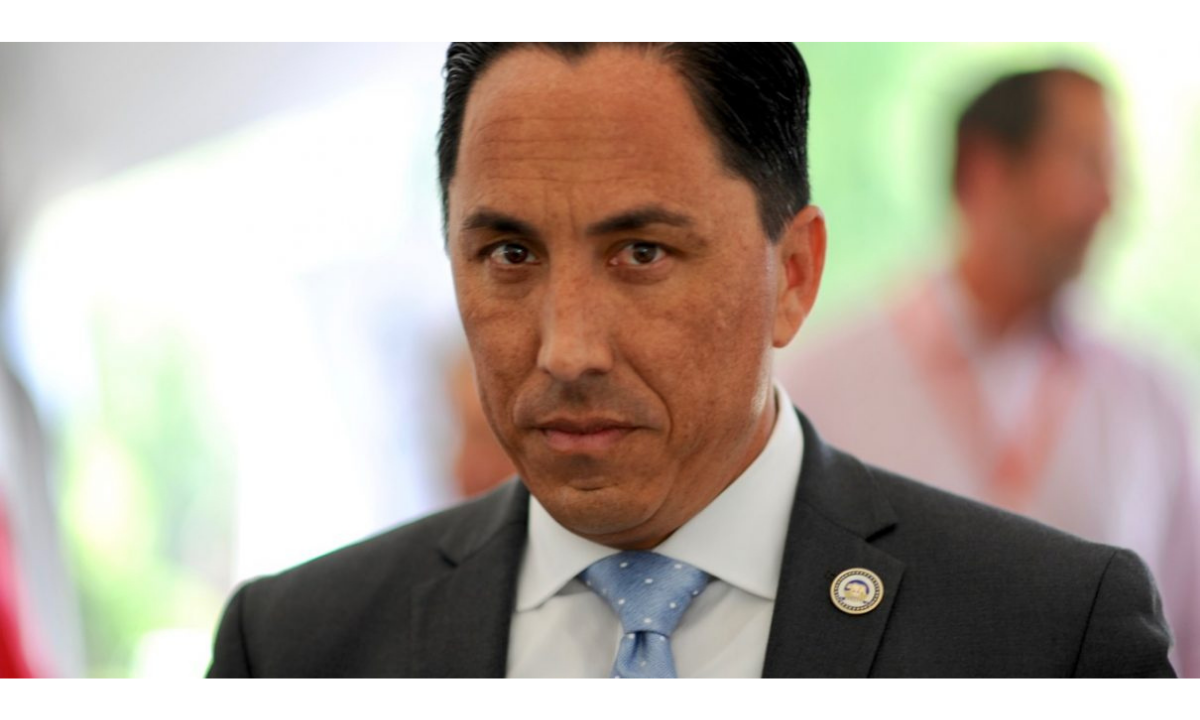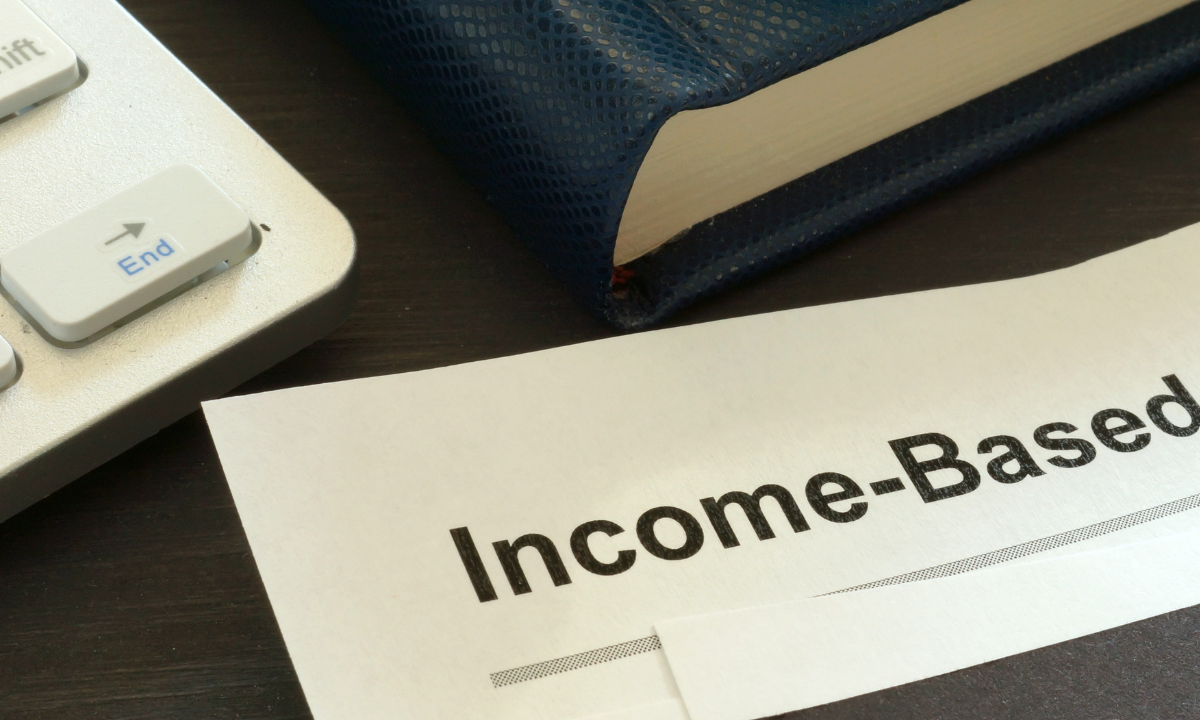Written by William Hale
The San Diego Association of Governments (SANDAG) recently released their 2021 Regional Plan. According to SANDAG, “the Regional Plan provides a long-term blueprint for the San Diego region that seeks to meet regulatory requirements, address traffic congestion, and create equal access to jobs, education, healthcare, and other community resources.” In effect, the Regional Plan is a massive public transportation investment.
However, some contention surrounding a proposed “road-usage” tax has interrupted SANDAG’s 30-year, $160 billion dollar plan. The road-usage tax suggested by SANDAG would cost residents four cents per mile driven, this would come alongside two half-cent regional sales taxes starting in 2022. While San Diego Mayor Todd Gloria previously voiced support for the transportation plan, Gloria has asked the association to find an alternative means of funding other than the road-usage tax.
On Friday, Gloria stated that the road-usage tax is an “unnecessary” addition to the transportation plan. It appears that skepticism in regard to the controversial road-usage tax has transcended party lines, with East County Supervisor Joel Anderson vocally opposing the tax, “for my constituents in District 2, driving is an essential part of life… there are many rural communities in the 2,000 square mile district, where many residents do not have access to driving alternatives,” said Anderson.
Despite serving on the SANDAG board, Encinitas Mayor Catherine Blakespear and National City Mayor Alejandra Sotelo-Solis have also joined Gloria in rejecting the tax.
The road-usage tax would be a logistical nightmare, as the state has already experienced difficulty reporting per-mile-usage. Regardless, San Diego drivers pay enough for inflated gas-prices, extra costs on the mile would only exacerbate this inconvenience.
Photo Cred: Kevin Sanders/California Globe




